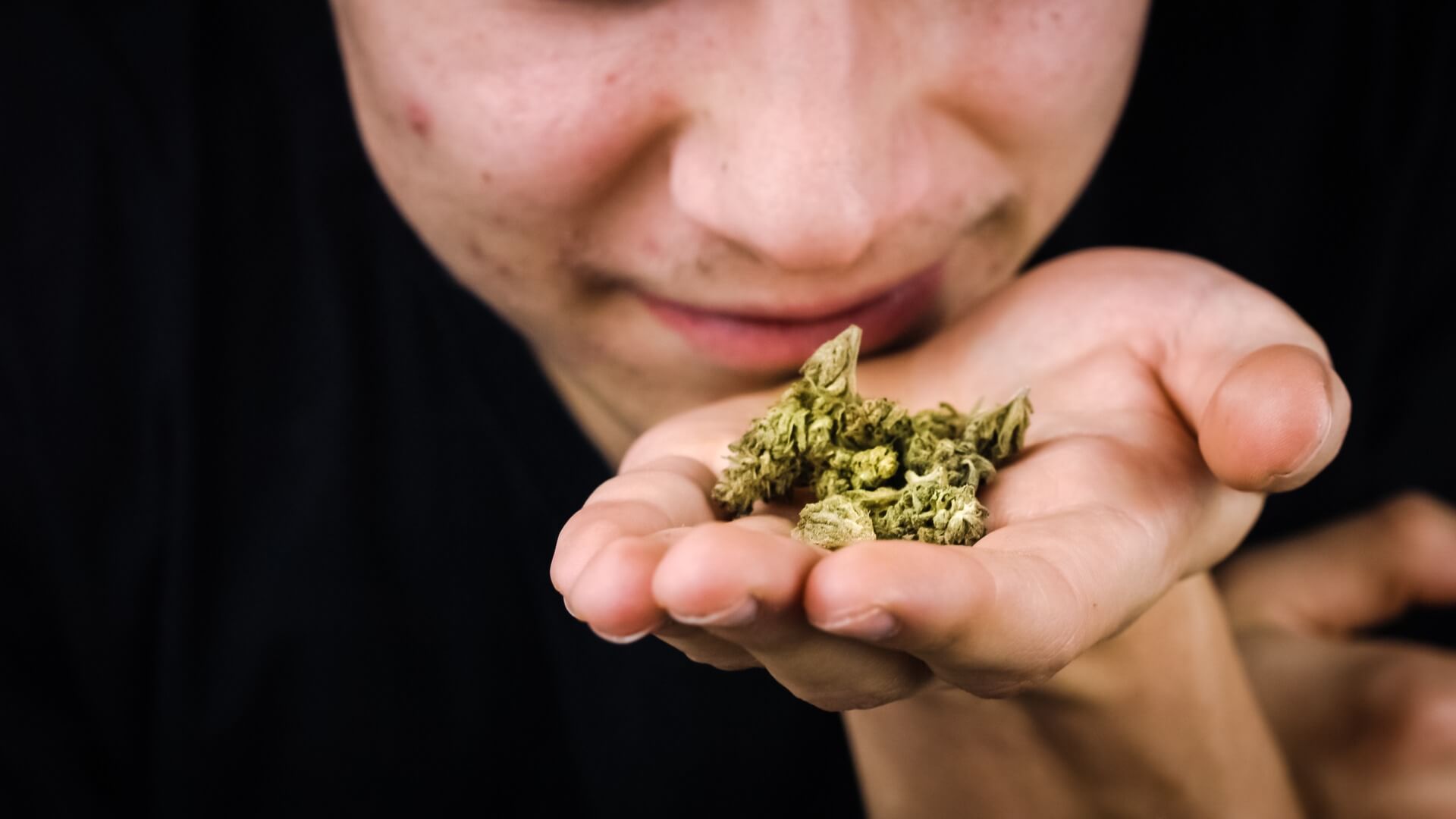There’s no question marijuana has a distinct aroma. Skunky and musky are among some of the more popular descriptions, but it extends far beyond that. Different terpene profiles of strains contribute to various smells, and if you pay close attention, you’ll notice hints of several scents in a single nug.
Words used to describe the smell of marijuana
It turns out there are more than a few terms to describe the smell of marijuana. In fact, one study put together 48 different descriptors for 11 different strains and found that consumers were able to differentiate between them based on odor similarities. Here are some of the most common scent descriptors:
- Earthy
- Herbal
- Woody
- Flowery
- Sweet
- Citrus
- Pungent
- Pine
- Tea
- Sage
- Diesel
- Lemon
- Lavender
- Nutty
- Spicy
- Skunky
Further down the list, you’ll find “blue cheese”, “mango”, “chestnut” and even “tar.” With so many different potential scents, it can seem impossible to know what marijuana really smells like. But if you’ve smelled it before, you’re likely to be able to distinguish it again in the future, even if the undertones are different.
Smoked vs. dried marijuana
The smell of dried marijuana can give users a preview of how it will smell smoked. However, when you light up weed, it takes on a new state. You’ll probably notice the dominant smells in the strain more when it is smoked. Those hints of diesel, pine, or citrus may become more defined. Some of this may be eclipsed by the smell of smoke, but trust us, the smell will still be distinguishable as marijuana.
What gives marijuana its different scents?
The distinct aromas associated with marijuana can be credited to its various terpene profiles. Terpenes are organic compounds found in many plants and they are packed with strong odors. Basil, lavender, and cloves are all good examples of non-marijuana plant matter with strong terpene profiles. A single nug of cannabis has an abundance of different terpenes and each terpene has its own unique effects. Limonene, for example, is a citrusy terpene associated with immune health. Caryophyllene, on the other hand, is peppery, woody, terpene associated with pain relief. And then there’s myrcene, a very common, earthy and citrusy terpene associated with anti-inflammatory effects and mild sedation. Since different strains have different terpene profiles, the scent of marijuana can range vastly. If you pay close attention, you may be able to point out a few different undertones of your bud, rather than just describing it under a single term.
The bottom line
Whether you describe it as earthy, herbal, piney, skunky, or one of the many other terms, there’s no question the smell of marijuana is unique and distinct. Different strains will produce different undertones based on their terpene profiles and if you’ve got a keen sense of smell, you may be able to differentiate between strains just by taking a sniff. There is no one scent for describing the smell of marijuana. However, once you’ve smelled it, you’re likely to recognize it if you’re exposed to it again in the future, regardless of the terpene profile.



